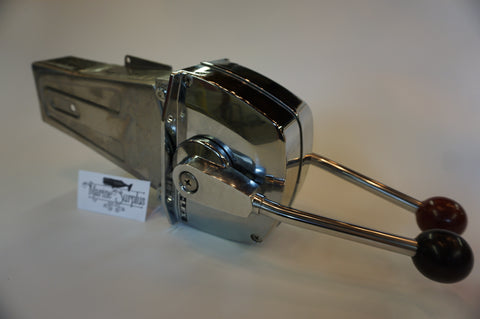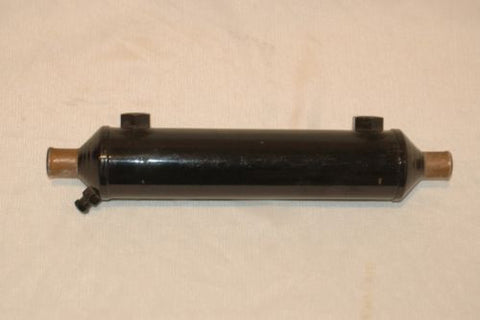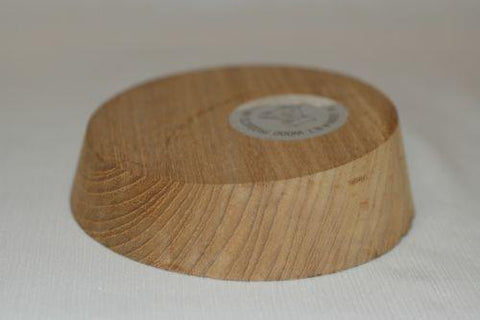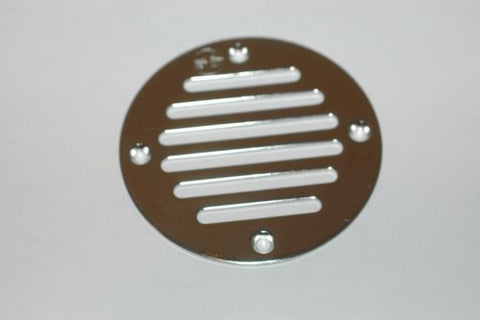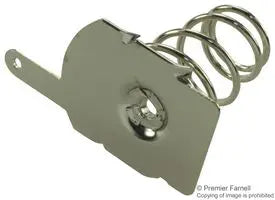
MARINESURPLUS.COM
Battery Holder, D x 1, PCB
Description
A reliable and space-efficient spring contact designed to provide the negative terminal connection for D-cell batteries in electronic assemblies. Ideal for PCB mounting or tight battery compartment designs, this component ensures consistent conductivity and secure retention under vibration.
Key Specifications & Features
- Model / Part No.: 5251 (Keystone Electronics)
- Contact Type: Coil spring negative contact (spring action)
- Battery Size: D (R20) cell
- Number of Cells: 1 (single cell contact)
- Material: Steel base metal
- Plating / Finish: Nickel plating on contact surfaces for corrosion resistance
- Mounting Style: Case mounting / solder lug (intended for solder connection to circuit)
- RoHS Compliance: Yes
- Pack / Availability: Often available in single units or bulk; widely stocked by distributors such as Newark
Benefits & Applications
- Secure Battery Contact: The spring action ensures firm engagement with the negative terminal of a D-cell battery, maintaining electrical continuity even under movement or vibration.
- Compact & PCB-Friendly: Its small footprint and solder lug mounting make it suitable for integration into compact battery compartments and printed circuit boards.
- Reliable Material Finish: Nickel plating helps minimize oxidation and ensures consistent low-resistance contact over long service life.
- Standard D-Cell Compatibility: Designed specifically for D-cell (R20) batteries, so it fits standard battery holder arrangements and power circuits.
- Wide Use Cases: Ideal for battery-powered devices, equipment requiring replaceable D-cell batteries, test instruments, and backup power assemblies.
Usage & Installation Tips
- Correct Orientation: Ensure that the spring side engages the negative (flat) end of the D-cell battery, and that the battery’s positive end mates with the complementary positive contact.
- Proper Soldering: Use a soldering iron of suitable wattage to avoid overheating and damaging the spring or plating—use flux and proper lead cleanup.
- Panel / Case Mounting: Secure the contact against movement (mechanical support or glue if needed) so that the spring retains alignment under insertion/removal cycles.
- Inspect Contact Pressure: Periodically check that the spring maintains adequate pressure on the battery — if it weakens, the contact may require replacement.
- Avoid Shorting: In densely packed assemblies, provide insulation or spacing to avoid accidental shorts with neighboring conductors or housing walls.

